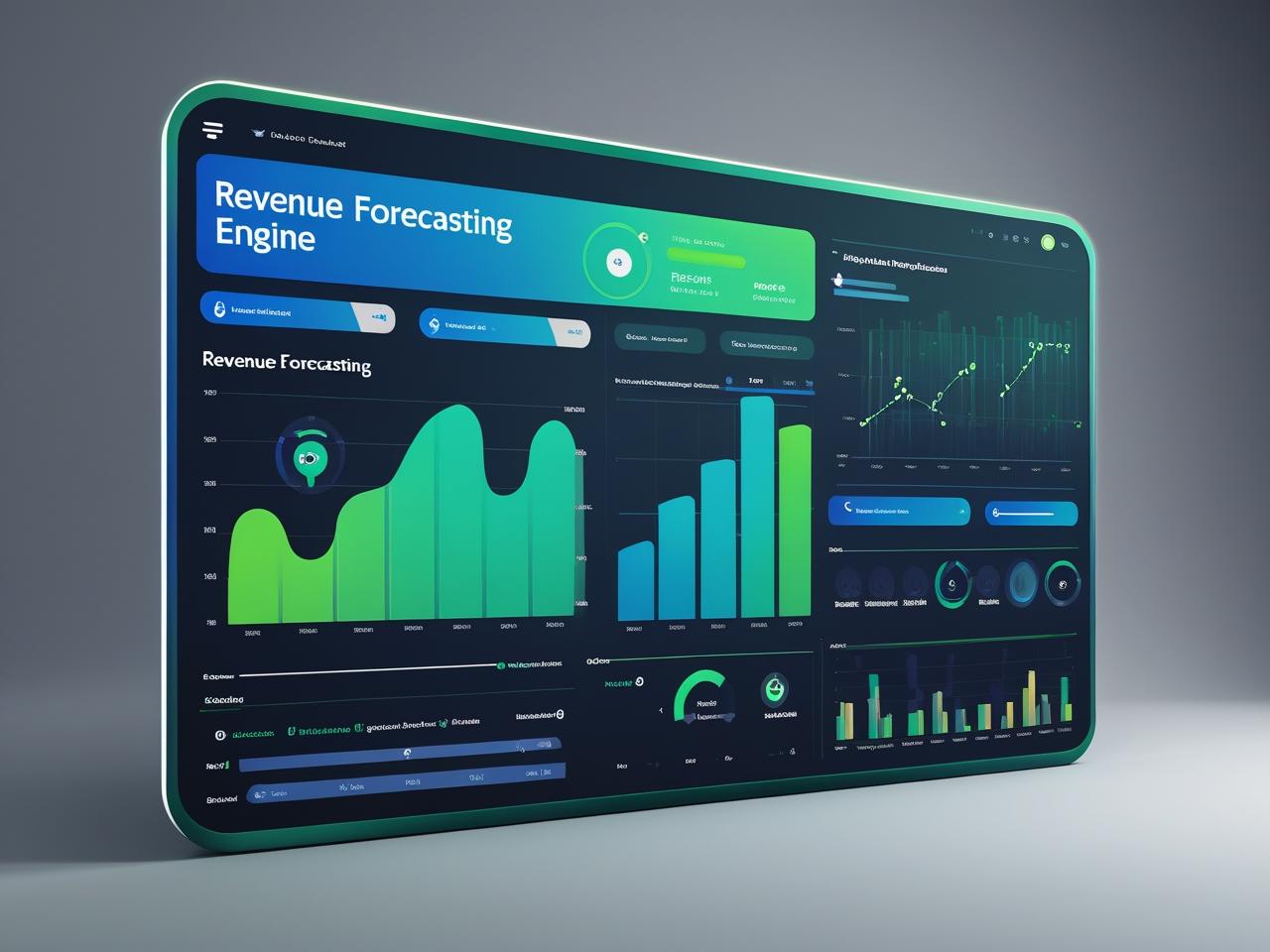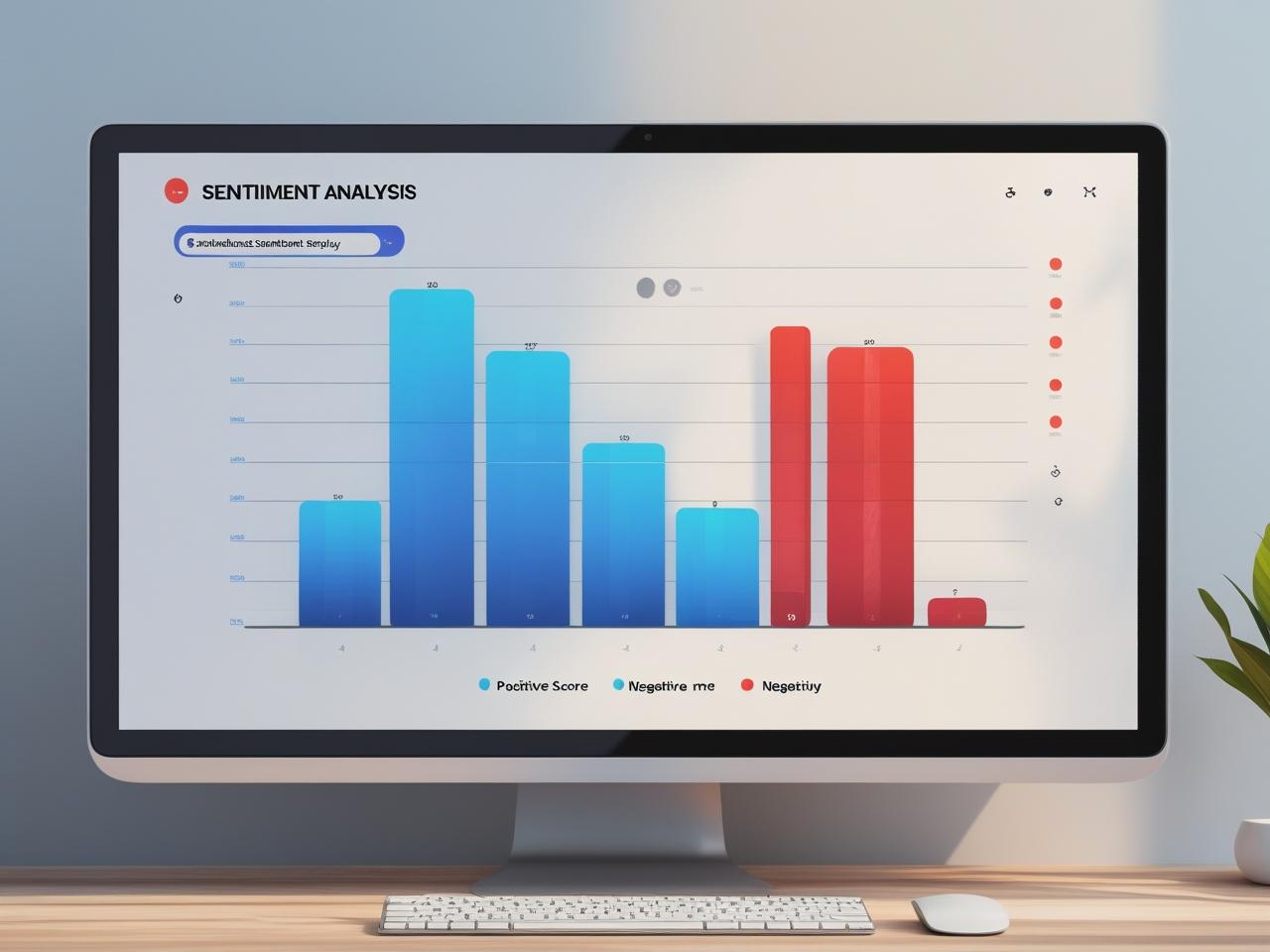Description
The Revenue Forecasting Engine combines historical sales data, seasonal trends, marketing spend, and market signals to deliver accurate income projections. Powered by AI and statistical modeling (ARIMA, LSTM, regression), it generates weekly, monthly, and quarterly forecasts. Business users can adjust assumptions, test scenarios, and compare predictions versus actuals in a clean dashboard. It accounts for variables like pricing changes, promotional periods, economic trends, and customer behavior. Users can integrate data from ERPs, CRMs, and spreadsheets. The engine also provides forecast confidence scores and visual graphs to support presentations. Automated alerts notify decision-makers of projected dips or peaks, enabling proactive planning. It’s ideal for financial teams, sales strategists, and demand planners aiming to boost precision in revenue forecasting.






Adijat –
“Prior to the Revenue Forecasting Engine, our monthly sales predictions were educated *guesses*. Now, with its granular data import and scenario planning, we accurately predict within 5%, saving us thousands in inventory costs. The support team swiftly resolved a minor integration hiccup, too. A game-changer for efficient resource allocation.”
Abiodun –
“Before Revenue Forecasting Engine, our projections relied on guesswork. Now, the granular scenario planning feature allows us to pinpoint risks and opportunities months ahead. It’s streamlined our budget allocation by 15%, and their responsive support team walked us through the API integration seamlessly. A game-changer.”
Olatunji –
“Revenue Forecasting Engine finally tamed our erratic sales projections. Before, we spent days cobbling spreadsheets; now, the scenario planning feature generates reliable forecasts in minutes, factoring in real-time market trends. Their responsive support team quickly resolved a data integration hiccup. It’s fundamentally improved our resource allocation.”
Noble –
Before Revenue Forecasting Engine, our sales projections were guesswork. Now, using its granular data inputs and scenario planning, we’ve reduced forecast error by 18% in the last quarter. The ‘deal stage probability weighting’ is particularly powerful. Support was responsive and helpful during onboarding, too. We’re much more confident now.